Growing purple willow "Lighthouse"
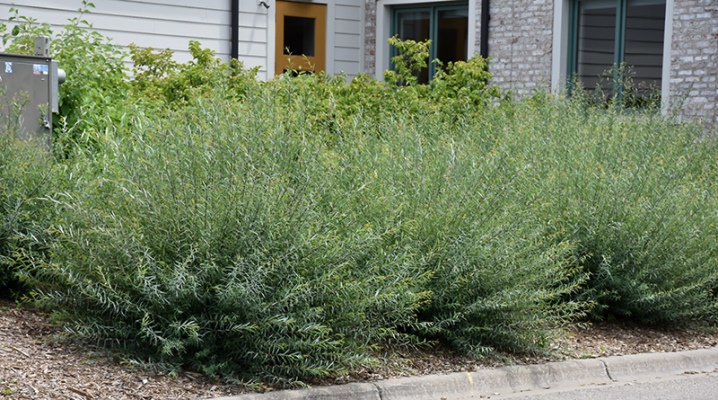
Willow belongs to the genus of woody plants of the willow family. They appeared on our planet a very long time ago, in the Cretaceous period. Nowadays it is a very widespread culture in many countries.
In appearance, willows are very diverse - from tall trees to small shrubs creeping along the ground.
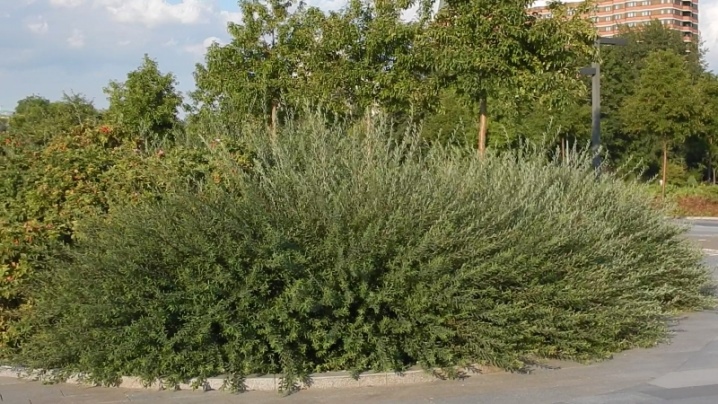
Description
Purple willow "Lighthouse" has a spherical two-meter crown. This is an openwork shrub up to 3 meters high with graceful pink-red shoots. Leaves are elongated-lanceolate, slightly pressed against the branch. They are green in color, up to 15 cm long, with a grayish color on the underside. Erect long branches are directed upwards - obviously, this explains the name of the variety.
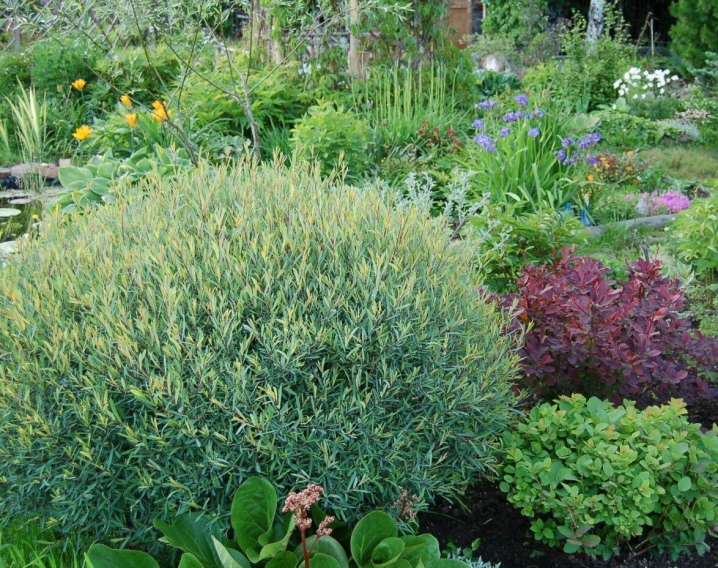
Yellow-pink flowers bloom in March or April, they are located on purple-colored earrings. Fruit-boxes with small seeds covered with white fluff. Roots, like all willows, have the ability to strengthen nearby soil. This variety was bred by the famous Ural breeder V. I. Shaburov. Initially, it was intended for weaving such household items as baskets, chests, tables, chairs, and cradles.
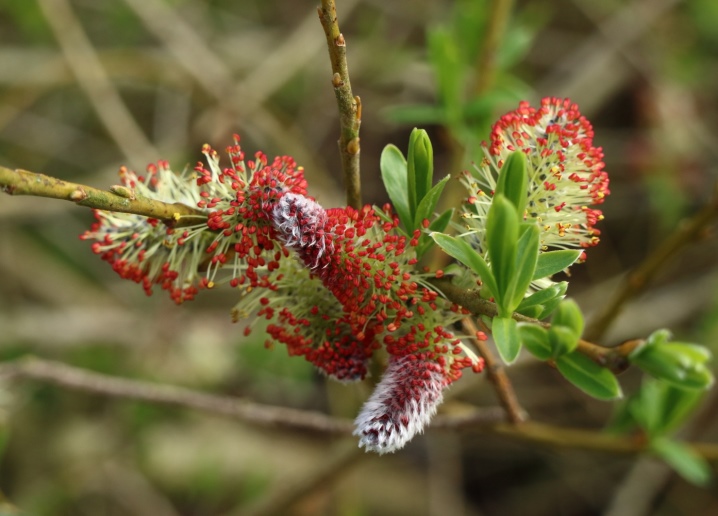
Landing
Willows are difficult to propagate with seeds, but they take root easily by cuttings. Healthy shoots for planting are cut in early spring. The recommended age is over 2 years old; leaves must be present on each cuttings. The length of the shoot is at least 20 cm, it is also necessary to have 5-7 buds. The bottom cut is made at an angle of 45 degrees.
Cuttings are germinated by treating with "Kornevin", in water or in wet sand, while several buds should be located above the surface. After the roots get stronger, the shoots are planted in the ground for seedlings and covered with foil. When new leaves are formed, they are planted in separate pots.
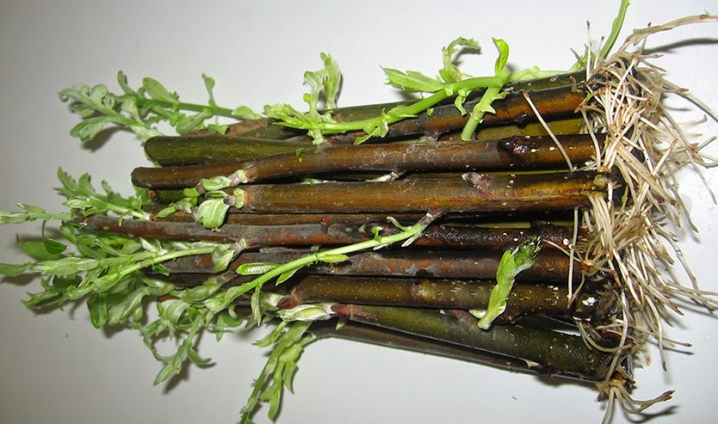
Cuttings are planted in the soil, when there are no differences in day and night temperatures. Each seedling needs a hole 50 cm wide and 40 cm deep, the recommended distance between the holes is about 1.5 m. If drainage is needed, the bottom of the hole is lined with pebbles and broken brick. The hole is watered, a stalk is placed, then covered with a mixture of earth, compost, sand and nitrogen fertilizers. Pour cold water on top. It is important to know that willows should not be planted next to birches and hazel trees.
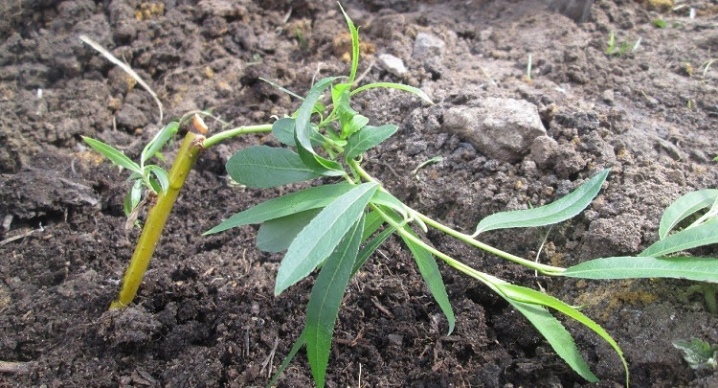
Care
In order to grow a healthy and beautiful willow, there are a number of factors to consider.
- The soil... It should be sod-podzolic, light loam, chernozem or peaty soil are suitable. It is desirable that the soil has neutral acidity. Excess moisture is bad for willow growth. Lack of water can lead to plant death.
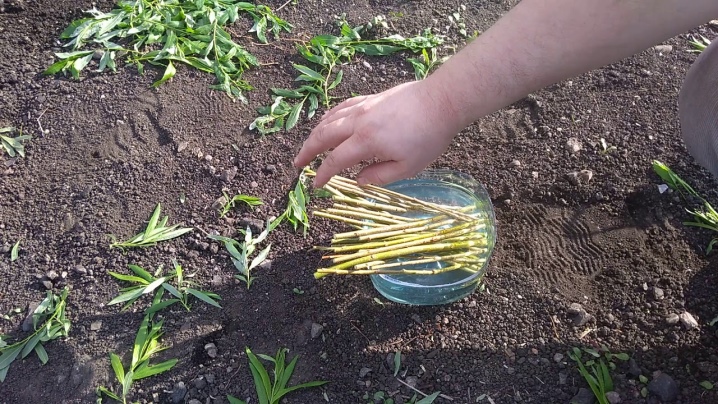
- Lighting... Willow is light-requiring and prefers sunny places. Can grow well in partial shade. But it is worth remembering that with excessive shading, its branches stretch out unattractively and lose their decorative effect.

- Watering... Ideally, if the purple willow is planted near the reservoir. The plant requires regular watering of the roots and foliage. Watering is best before sunrise or after sunset. After moistening, it is necessary to loosen the soil to access oxygen to the roots. You can mulch the near-trunk soil with peat to maintain moisture.

- Wintering... "Mayak" is a winter-hardy variety, but young trees can damage winter frosts and spring frosts. Therefore, young willows before the winter period are usually covered with sackcloth or agrofibre.
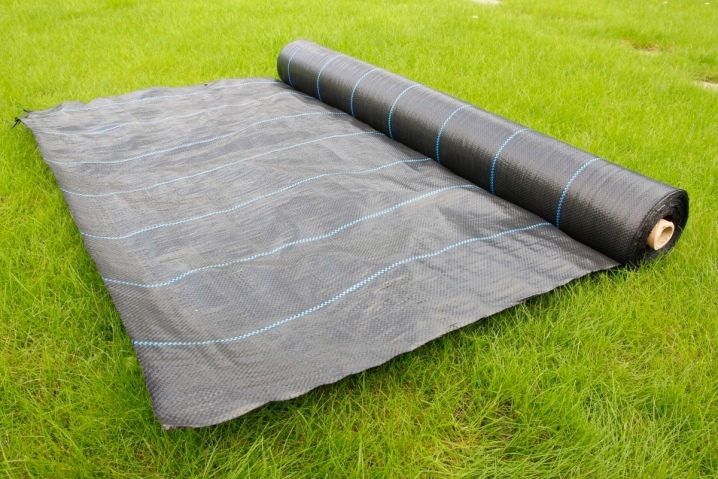
- Pruning... From the age of two, willows are pruned every spring after flowering. Dead and defective shoots should be removed with a secateurs, thickened branches should be thinned out. This will allow the plant to form a beautiful crown. Slices must be disinfected. Remember that cut shoots should be no more than 50% of their total mass.
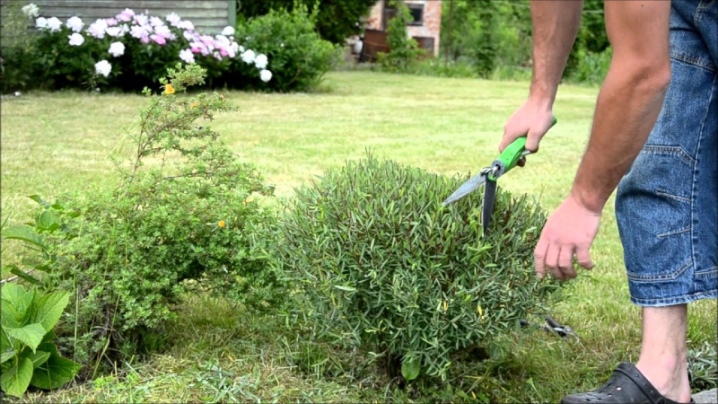
- Diseases and pests. Purple willow is sometimes affected by diseases such as rust, powdery mildew, downy mildew. A heavily damaged plant should be destroyed, and the rest should be treated with fungicides. Willow pests include aphids, spider mites and weevils. For prevention, plants should be sprayed with Bordeaux liquid, and if insects are found, insecticides should be used.
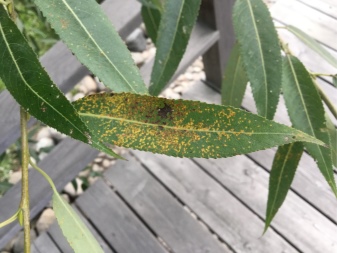
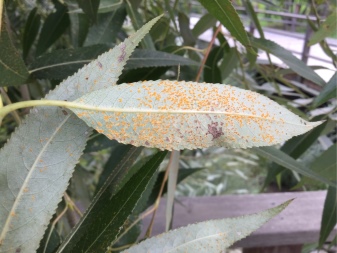
Use in landscape design
Purple willow "Lighthouse" is very decorative: in summer it delights with its delicate foliage, and in winter its reddish branches look spectacular against the background of snow.
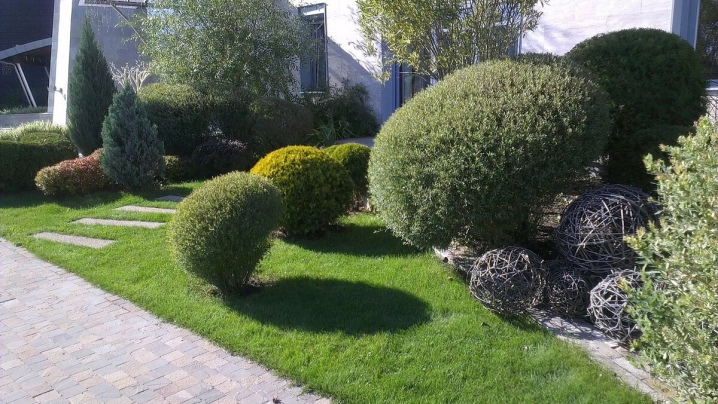
It can be used to cover up unattractive areas of the garden area. It blends harmoniously with flowers, grass, conifers.
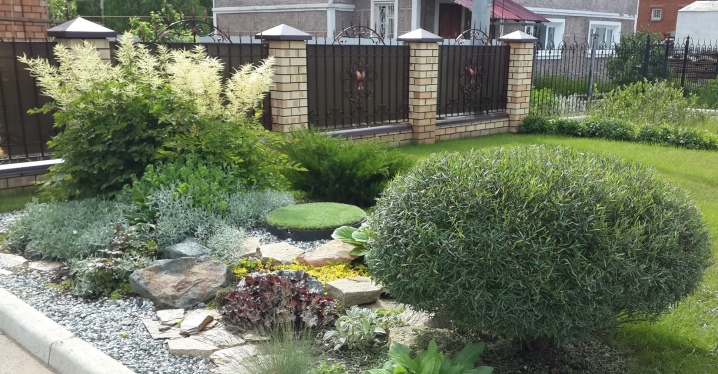
Purple willows are often used in foreground landscape compositions as a solitary (solitary) plant.
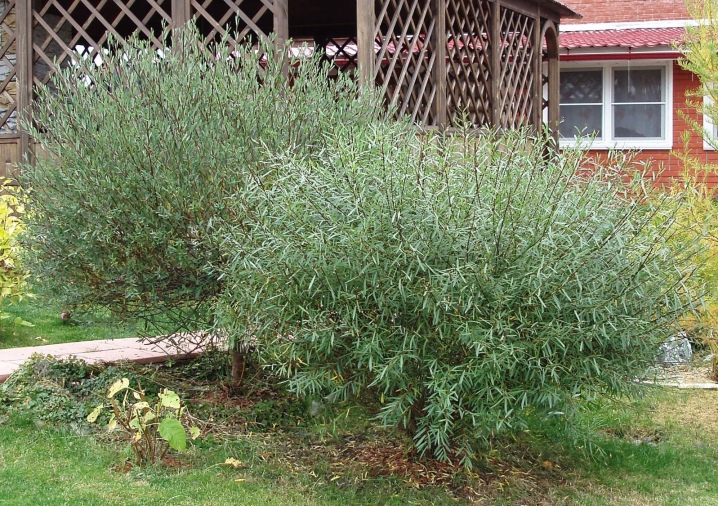
They create hedges and sculptures of various shapes.
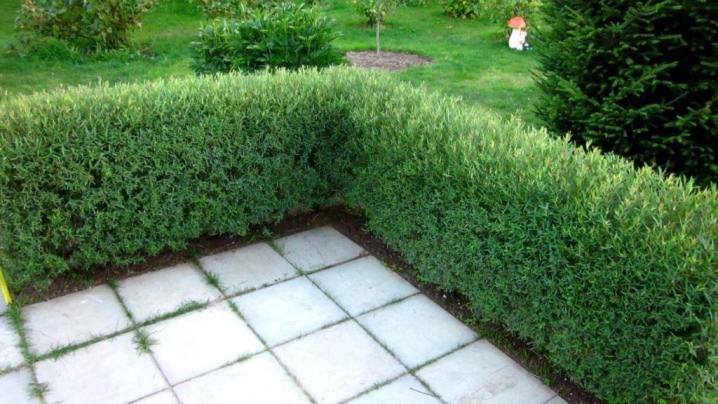
How to plant the Mayak willow, see the video.



































































The comment was sent successfully.